Whether you’re an occasional wine enthusiast or a seasoned connoisseur, understanding the lifespan of an opened bottle of wine is essential to preserving its integrity and enjoyment a longer shelf life.
Join us on a journey through the complexities of oxidation, storage techniques, and the delicate balance between preservation and indulgence as we unravel the timeless question: How long does wine truly last how long does wine last after opening and once opened?
Key takeaways
- light bodied wines go bad faster than full bodied wines
- if you simply recork your wine and store it in a fridge you can keep it for a day or two
- wine preservation systems like a vacuum pump or sytems using inert gas prolong the lifetime of your wine
- a dull and bland taste or vinegary notes are a sign that your wine has gone bad.
- for sparkling wines go flat if you leave them open too long
- full bodied wines are Cabernet Sauvignon, Primitivo di Manduria, Amarone
- light bodied wines are most white and rose wines as well as Pinot Noir
How Long Does an Open Bottle of Wine Last?
The type of wine plays a significant role in its shelf life. Lighter wines such as rosé and white varietals tend to lose their luster more quickly than robust reds due to their higher levels of acidity and lower tannin content.
Key takeaways
- light bodied wines go bad faster than full bodied wines
- if you simply recork your wine and store it in a fridge you can keep it for a day or two
- wine preservation systems like a vacuum pump or sytems using inert gas prolong the lifetime of your wine
- a dull and bland taste or vinegary notes are a sign that your wine has gone bad.
- for sparkling wines go flat if you leave them open too long
- full bodied wines are Cabernet Sauvignon, Primitivo di Manduria, Amarone
- light bodied wines are most white and rose wines as well as Pinot Noir
How Long Does an Open Bottle of Wine Last?
The type of wine plays a significant role in its shelf life. Lighter wines such as rosé and white varietals tend to lose their luster more quickly than robust reds due to their higher levels of acidity and lower tannin content.
Additionally, storage conditions are crucial in determining the lifespan of your open bottle. Once uncorked, exposure to oxygen starts the clock ticking on your remaining wine quality. However, by resealing the bottle tightly and storing it in a cool, dark place (perhaps even using a vacuum pump), you can extend its drinkability for another day or two.
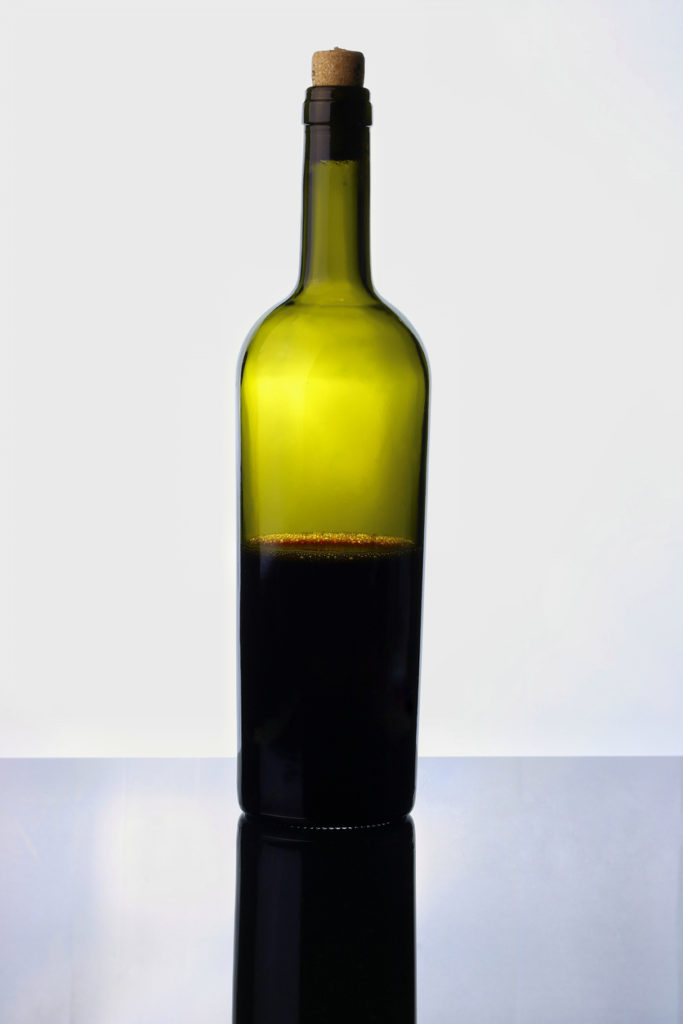
Lastly, personal taste preferences also come into play – while some may find certain wines palatable for up to a week after opening, others may detect off-flavors sooner.
Lighter wines like white and rose wines can be stored in a cool place if you seal the bottle with a screw cap and cork for 1-2 days. Red wine can be refrigerated and stay fresh for 2-3 days. Wine preservation systems prolong the time you can drink your wine for up to 30 days!
Can you drink red wine seven days after opening?
After opening a bottle of red wine, the clock starts ticking on its optimal flavor and aroma. However, with the right storage conditions and preservation system, enjoying red wine seven days after opening is entirely feasible.
If the wine has been properly re-corked or sealed with a vacuum pump and stored in a cool, dark place (such as a cellar or refrigerator), it can maintain its quality for several days. Additionally, using inert gas to displace oxygen before resealing the empty bottle in the fridge can further extend its drinkability.
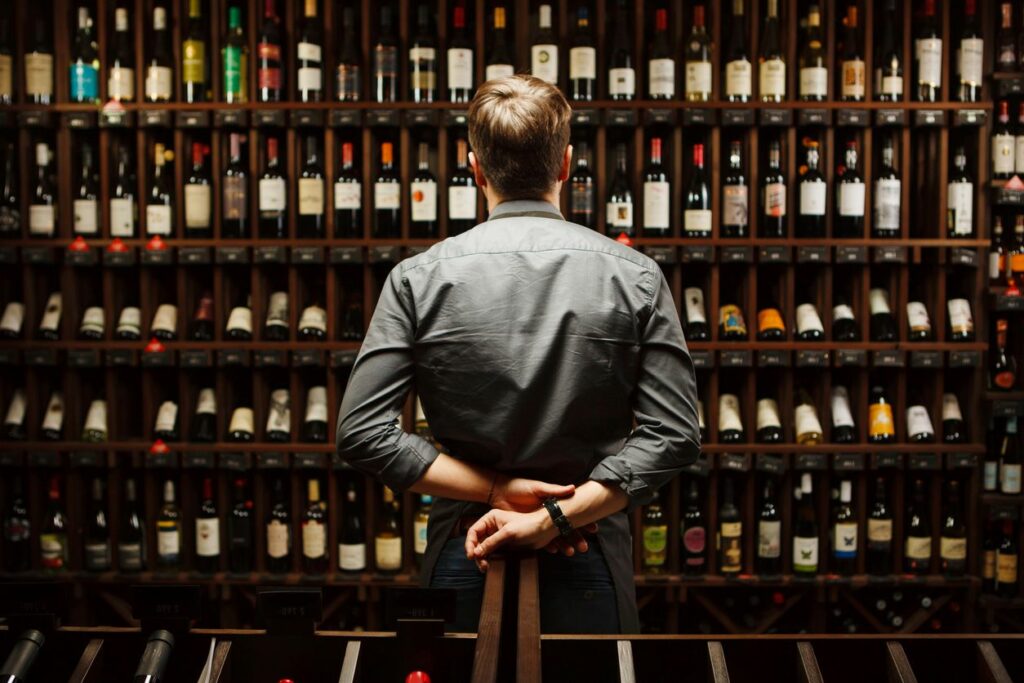
Stored under these favorable conditions, many red wines will still offer an enjoyable taste experience after a week. However, it’s important to note that not all wines age well once opened. Lighter-bodied reds such as Pinot Noir may deteriorate more quickly than fuller-bodied varietals like Cabernet Sauvignon.
Why does wine go bad?
Wine, often celebrated for its nuanced flavors and aromatic profile, can face an unfortunate fate when exposed to oxygen. Oxidation plays a significant role in the deterioration of wine, particularly in red varieties. As the wine comes into contact with air, chemical processes are set off, leading to the breakdown of flavors and acceleration of aging. This results in a loss of the wine’s original character and a distinctively less flavorful taste and acetic acid aromas.
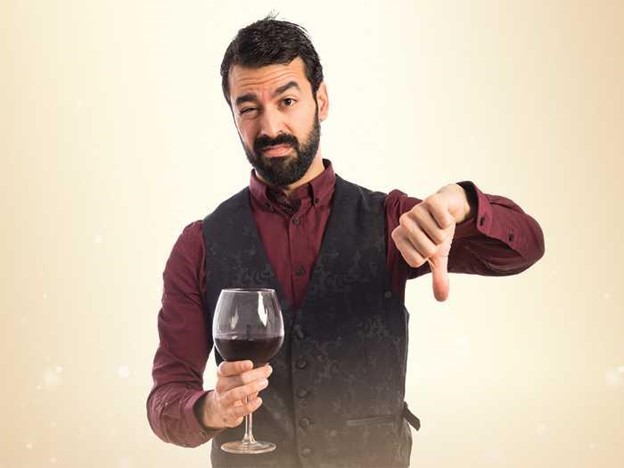
Furthermore, temperature fluctuations can exacerbate the impact of oxidation on a wine’s shelf life. When stored improperly at high temperatures, wines become more susceptible to spoilage due to increased oxygen intake through the cork or cap.
Light White Wine, including Sweet and Rosé
It’s important to note that not all wines age well once opened. Lighter-bodied reds such as Pinot Noir or whites such as Sauvignon Blanc may deteriorate more quickly than fuller-bodied varietals like Cabernet Sauvignon.
Full-Bodied Reds
Furthermore, room temperature and fluctuations can exacerbate the impact of oxidation on a wine’s shelf life. When stored improperly at high temperatures, wines become more susceptible to spoilage due to increased oxygen intake through the cork or cap.
Light White Wine, including Sweet and Rosé
It’s important to note that not all wines age well once opened. Lighter-bodied reds such as Pinot Noir or whites such as Sauvignon Blanc may deteriorate more quickly than fuller-bodied varietals like Cabernet Sauvignon.
Full-Bodied Reds
Heavy White wines and full-bodied reds can indeed go bad if not stored properly. Full-bodied wines typically have higher tannin levels and are more susceptible to spoilage from heat, light, and oxygen exposure.
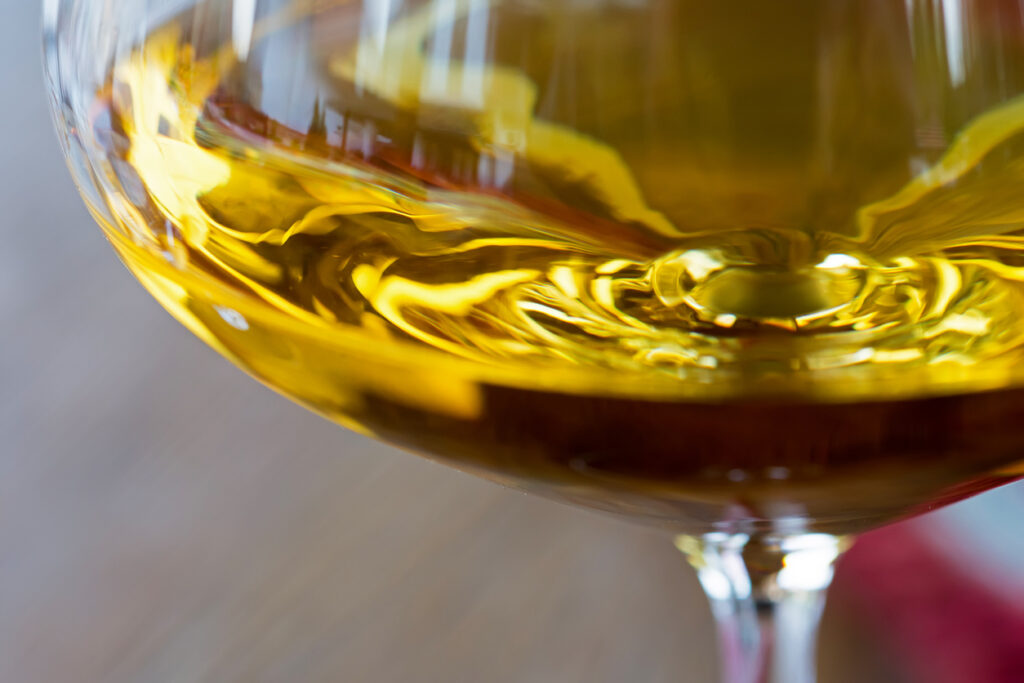
Full-Bodied White Wine
Oxidation is a common culprit for spoilage with white wines, leading to a loss of freshness and a noticeable change in flavor. Similarly, for red wines, excess exposure to oxygen can result in the wine tasting flat or vinegary.
Sparkling Wines
Preserving opened sparkling wines can be a tricky task, but with the right tools and techniques, you can extend the lifespan of your bubbles. One effective method is to store bottles by using a sparkling wine stopper designed to maintain pressure and prevent carbonation from escaping. These stoppers are specially crafted to fit tightly over the bottle’s opening, creating a seal that helps preserve the effervescence of the wine for an extended period.
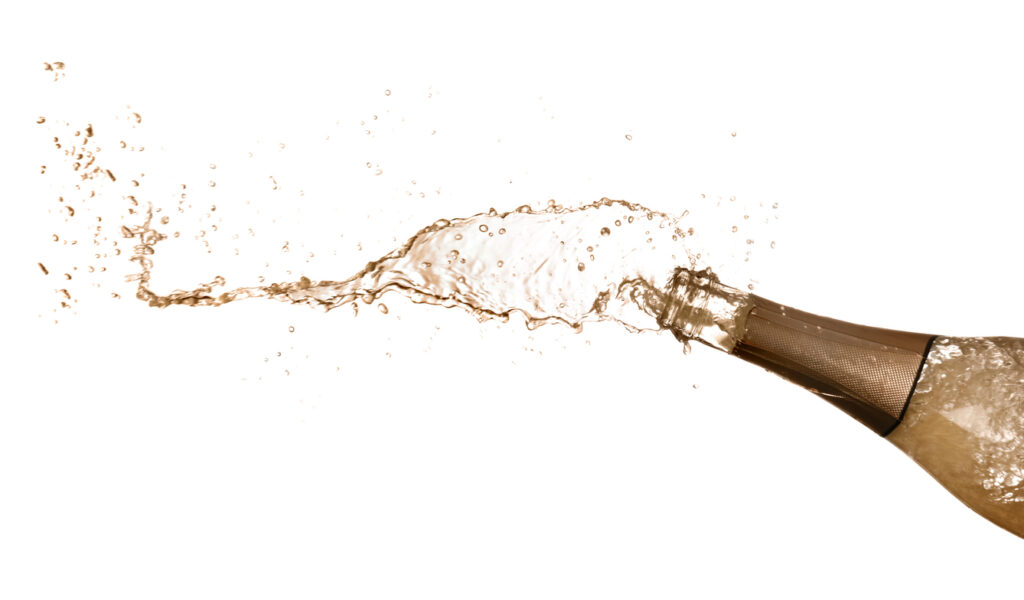
Another innovative solution for preserving opened sparkling wines is by using a Coravin system. This device allows you to pour wine without removing the cork, thereby minimizing oxidation and extending the shelf life of your bubbly. By accessing the wine through a small needle, it preserves the remaining contents, making it possible to enjoy your favorite sparkling wine over multiple occasions without compromising its quality.
Fortified wines
Preserving an open bottle of fortified red or white wine, can be a delicate balancing act of maintaining freshness and flavor. One innovative approach is the use of wine preservation systems that replace oxygen with inert gas, effectively creating a barrier between the wine and air. By minimizing exposure to oxygen, these systems help prevent oxidation and preserve the integrity of fortified wines like sherry, port, or Madeira.
Sweet wines and fortified wines can be stored for some time after being openend as the sugar works as an antioxidant, too.
Does red wine go bad after opening
Many wine enthusiasts often wonder if red wine goes bad after opening. The truth is, once a bottle of red wine is opened, it begins to oxidize and can lose its flavor and freshness over time. Oxidation occurs when the wine comes into contact with air, causing it to deteriorate and develop a flat or vinegary taste.

However, there are ways to slow down this process, such as using a vacuum sealer to remove excess air from the empty wine bottle, or transferring the leftover wine into a smaller container to minimize air exposure.
Can I drink opened wine after a month?
Absolutely! Thanks to modern innovations like the Coravin wine preservation system, you can enjoy an opened bottle of wine months after initially tasting it. By extracting wine from the bottle without exposing it to oxygen, the Coravin wine fresh system prolongs the shelf life of your favorite vintages. This means that even after a month of being opened, your wine is still drinkable and enjoyable.
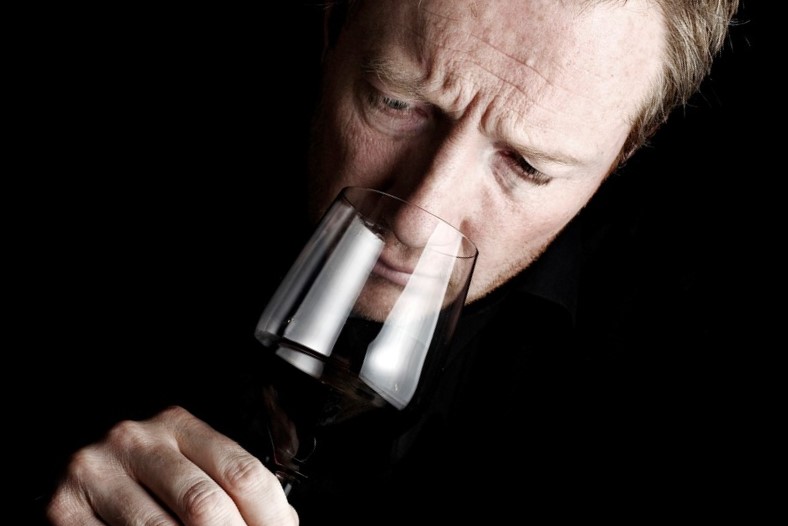
Moreover, certain wines can benefit from a little extra time being open. Some red wines actually improve in flavor and complexity when exposed to air for extended periods. So if you find yourself with an unfinished bottle after a month, consider giving it another try. It may surprise you by how much the flavors have developed.
Boxed wine will allow you to make sure that your favorite wine tastes good after up to 30 days. The only disadvantage of boxed wine is that low to medium price wines are available in this packaging.
3 Ways to Tell If Opened Wine Has Gone Bad
One of the simplest ways to tell if an opened bottle of wine has gone bad is by paying attention to its aroma. A fresh, properly stored wine should have a fruity, inviting scent that entices the senses. If you notice a musty or vinegary smell, it’s highly likely that your wine has spoiled and should not be consumed.
Flavor profile
Another way to determine if opened wine has gone bad is to taste test it by assessing its flavor profile. While a well-preserved bottle of wine should offer a vibrant, complex taste with balanced notes, spoiled wine often exhibits a dull, flat flavor lacking in character. This can be indicative of oxidization or other undesirable alterations in the composition of the wine.
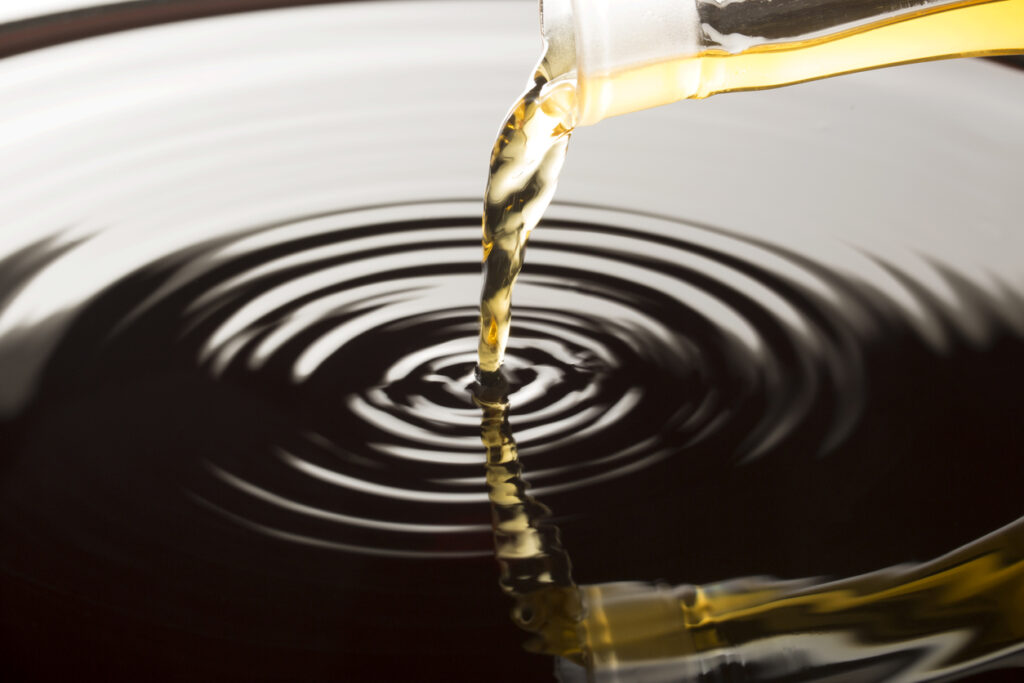
Bitter vinegar like taste
Furthermore, bitterness can also serve as a clear indicator that your opened bottle of red wine may have passed its prime. If upon taking a sip of sparkling wine, you find your palate overwhelmed by an unpleasant bitter aftertaste, it’s best to discard the bottle as this typically signifies that the wine has deteriorated and is no longer fit for consumption.
How long does Bag-in-Box Wine stay fresh?
The answer lies in the specially designed bag that collapses as you dispense the wine in the refrigerator. It significantly reduces its contact with oxygen. This innovative design helps to maintain the freshness of the wine for up to 4-6 weeks after opening the wine bottles, compared to just a few days for a regular bottle of wine.
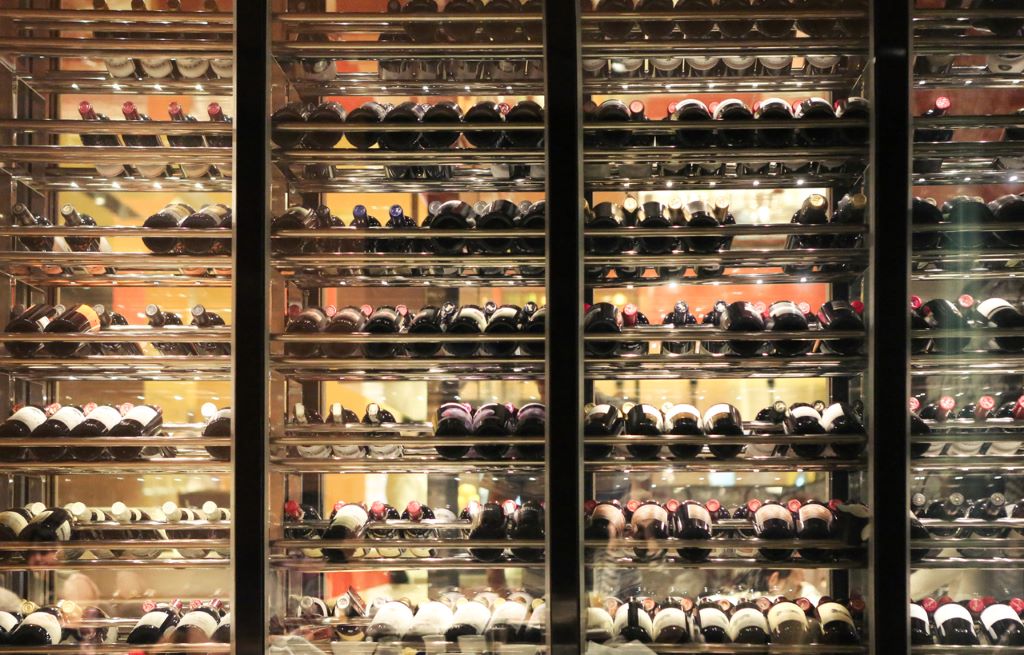
How to Store Wine Better
Wine lovers often overlook an important aspect of wine storage, this is the angle at which you store wine bottles. While lying bottles flat can prevent corks from drying out, it’s essential to periodically turn them to ensure the entire cork remains moist.
Strong odors
Additionally, keeping wine away from strong odors is vital as it can affect the taste profile over time. Invest in a wine fridge or wine cellar, if possible, as these provide optimal temperature and humidity control compared to standard refrigerators.
Light exposure
Another key factor in storing wine is controlling light exposure. Ultraviolet rays can lead to premature aging and spoilage most wines, so keep your bottles away from direct sunlight and fluorescent lighting. If you don’t have access to a dedicated cellar or fridge, consider using a dark closet or basement corner for storage.
Temperature
Fluctuating temperatures can cause unwanted chemical reactions to alcohol still within the bottle, potentially ruining the delicate balance of flavors in your favorite vintage. Implementing these small changes will help you store your wine better and enjoy it at its full potential in the future.

